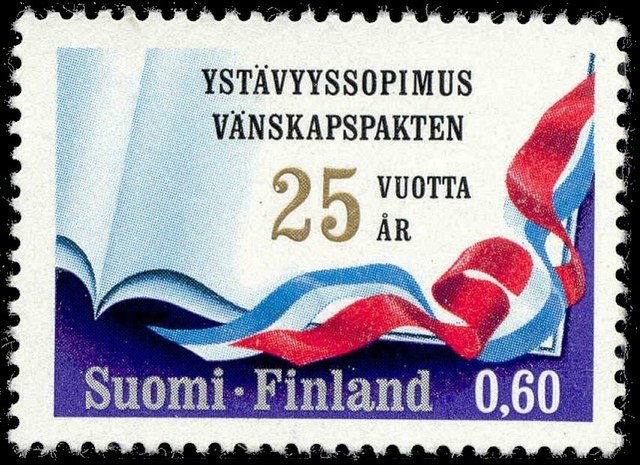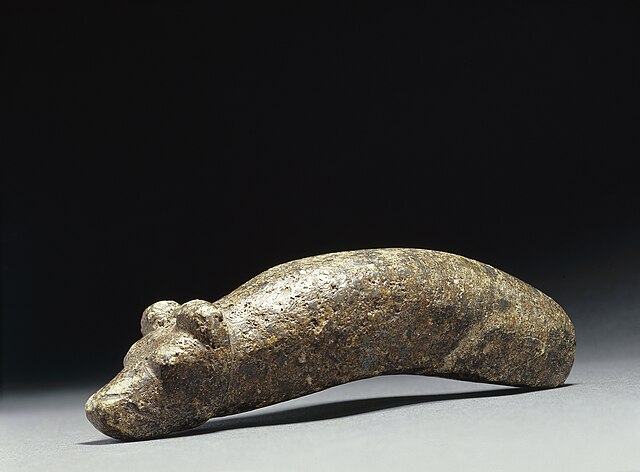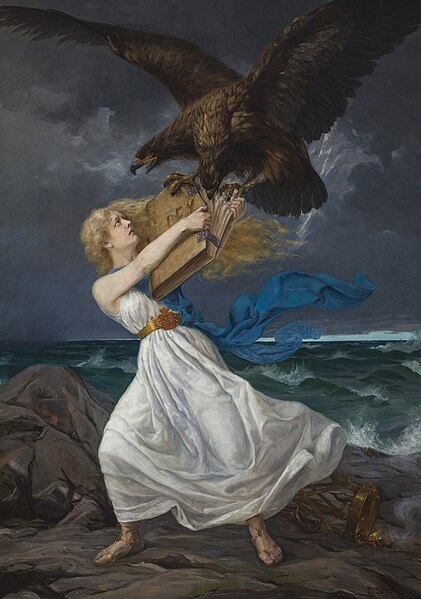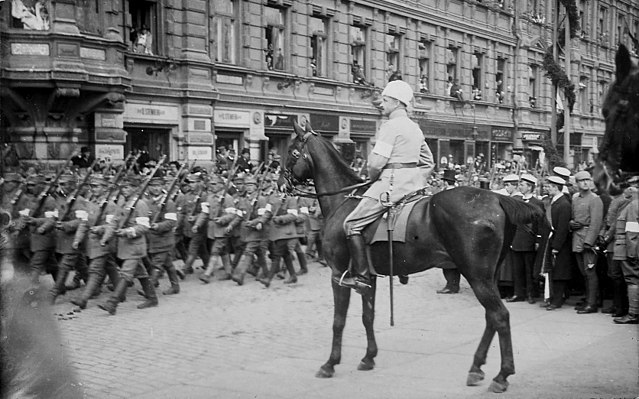Finno-Soviet Treaty of 1948
The Agreement of Friendship, Cooperation, and Mutual Assistance of 1948, also known as the YYA Treaty from the Finnish Ystävyys-, yhteistyö- ja avunantosopimus, was the basis for Finno–Soviet relations from 1948 to 1992. It was the main instrument in implementing the Finnish policy called Paasikivi–Kekkonen doctrine.
Finno-Soviet Treaty
Presidents Urho Kekkonen and Nikolai Podgorny at the Finlandia Hall, who signed the YYA agreement in 1973.
A Finnish postage stamp was issued in 1973
A Soviet postage stamp was issued in 1988
Finland, officially the Republic of Finland, is a Nordic country in Northern Europe. It borders Sweden to the northwest, Norway to the north, and Russia to the east, with the Gulf of Bothnia to the west and the Gulf of Finland to the south, opposite Estonia. Finland covers an area of 338,145 square kilometres (130,559 sq mi) and has a population of 5.6 million. Helsinki is the capital and largest city. The vast majority of the population are ethnic Finns. The official languages are Finnish and Swedish, of which 84.9 percent and 5.1 percent of the population speak the first as their mother tongue. Finland's climate varies from humid continental in the south to boreal in the north. The land cover is predominantly boreal forest biome, with more than 180,000 recorded lakes.
Stone Age bear head gavel found in Paltamo, Kainuu
Now lying within Helsinki, Suomenlinna is a UNESCO World Heritage Site consisting of an inhabited 18th-century sea fortress built on six islands. It is one of Finland's most popular tourist attractions.
Edvard Isto, The Attack, 1899. The Russian eagle is attacking the Finnish Maiden, trying to steal her book of laws.
Finnish military leader and statesman C. G. E. Mannerheim as general officer leading the White Victory Parade at the end of the Finnish Civil War in Helsinki, 1918








